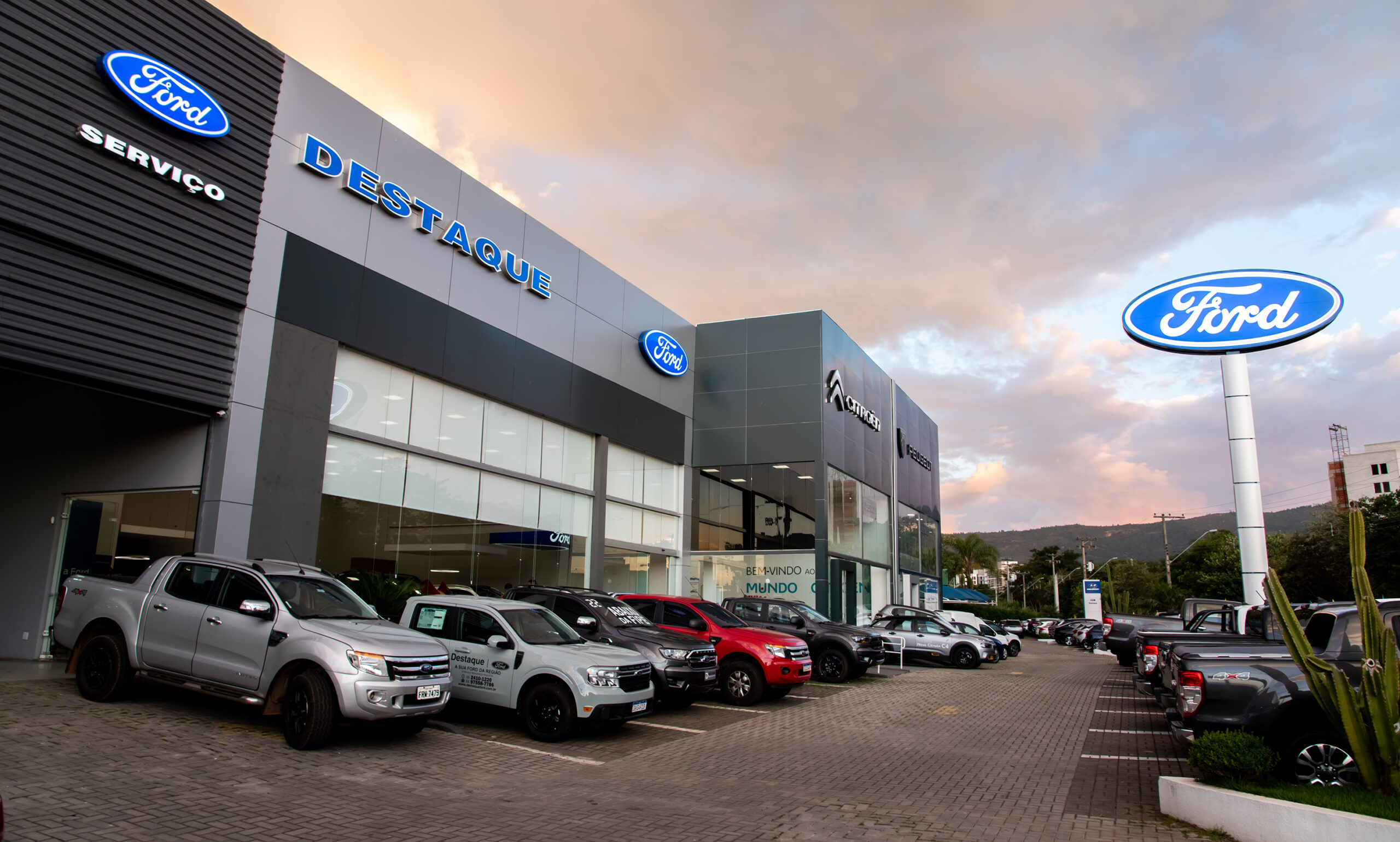215.6 thousand automobiles and light commercial vehicles were sold, 20% more than in June


By Alzira Rodrigues | 8/1/23 | Translated by Jorge Meditsch
The inventory of discounted cars delivered by the manufacturers at the end of June as part of the government incentives package assured good numbers in July, the best month of the year so far.
Light vehicle sales reached 215.6 thousand units, a 27% increase over July 2022 and 20% more than in June. It was the best monthly performance in 31 months, losing only to December 2020, when the light vehicles market licensed 232 thousand units. It also was the best July since 2019.
The preliminary monthly figures show the success of the federal government incentives announced on June 5, initially known as the “popular car” program and after as the “most affordable” promotion action. Thanks to the government incentives, models costing up to R$ 120 thousand got discounts from R$ 2 thousand to R$ 8 thousand.
Some cars, such as the Renault Kwid and Fiat Mobi, had the price reduced by R$ 10 thousand thanks to additional reductions by the manufacturers to encourage Brazilian consumers to visit the dealers and make it through the dream of owning a brand new car. From January through July, 1,152,456 light vehicles were commercialized, 12% more than in the same period last year.
Fenabrave, the dealers association, should release the official July numbers this Wednesday, 8/2, and Anfavea, the manufacturers’ organization, shall announce sales, production and export figures next week.
At last month’s press conference, Anfavea’s president, Márcio de Lima Leite, was previewing a highly positive result for July. He said that, from the 150 thousand automobiles and light commercial vehicles that benefited from the government package, only 54 thousand were licensed in June. Near 96 thousand would be delivered last month, as it happened.
He considered that, despite being an extremely short-term measure, the discount program was an excellent way to warm up the automobile and light commercial vehicle market and reduce stocks at the manufacturers and dealers.
“The important was that it showed that there is a great repressed demand for brand new vehicles”, he said.
Conta envolve 175 unidades do eO500U fornecidos ao município de São Paulo no ano passado
Ex-General Motors, Andrea Serra assume o cargo recém-criado por Igor Calvet
Exibida no Salão de Xangai, tecnologia deve começar a ser oferecida comercialmente em três anos
Ainda um protótipo, modelo será o principal destaque da marca na feira do interior paulista
O CEO e presidente da empresa na América Latina, Gastón Diaz Perez, participou do 5º…
Empresa está iniciando processo de credenciamento de pontos para atender carros elétricos